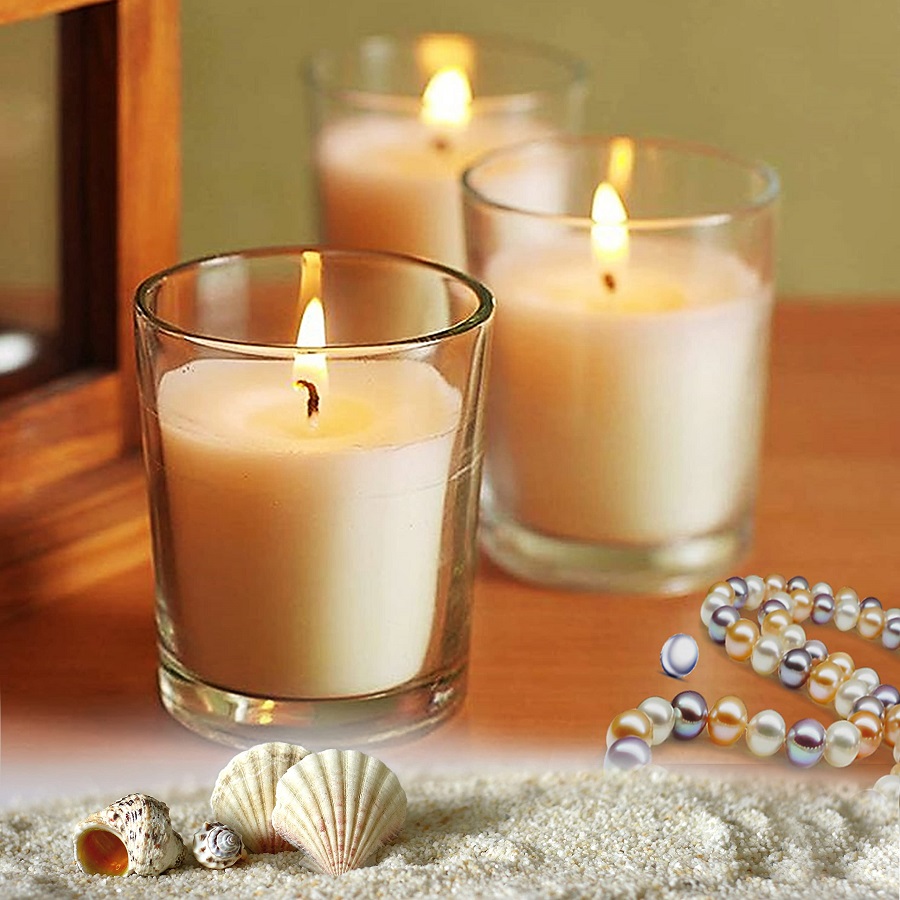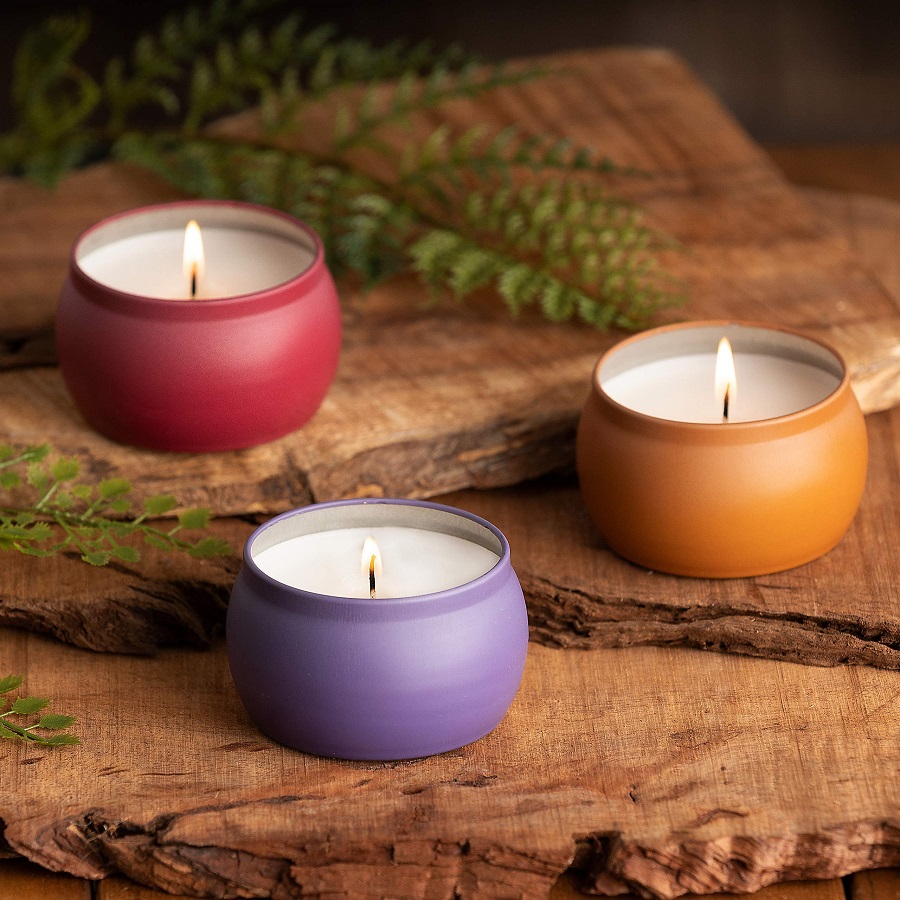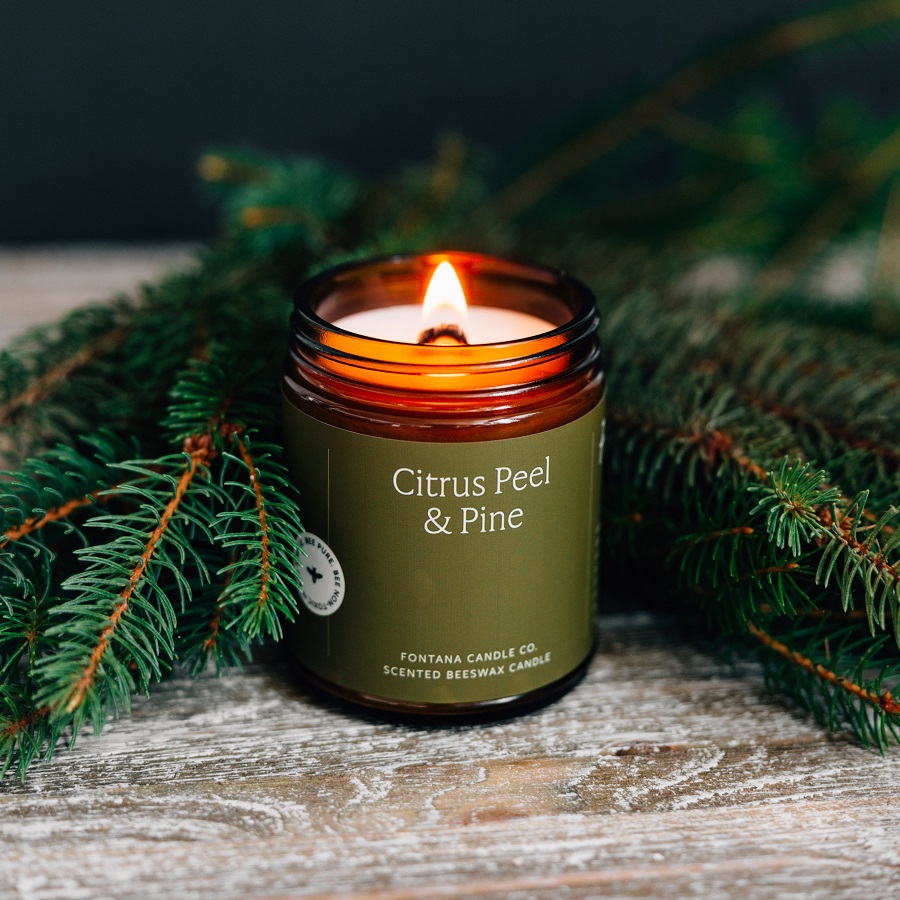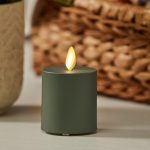The Allure of Scented Candles
The warm glow and enchanting aromas of scented candles captivate many. People crave the cozy ambiance candles create, especially during quiet evenings or festive gatherings. The soft light provides a gentle illumination that can transform any room into a haven of relaxation. With a simple light of a wick, scented candles instantly elevate the mood, making them essential for self-care routines or to set a serene backdrop for guests.
Popular Reasons People Choose Scented Candles
There are many reasons why scented candles are loved. They bring comfort and warmth into homes, making spaces feel more welcoming. Scented candles also serve as aesthetic additions to decor, with designs ranging from simple to elaborate. They often mark joyous occasions, like birthdays or holidays, symbolizing celebration and creating cherished memories. Moreover, certain scents are chosen for their ability to calm the mind or boost focus.
The Variety of Scents Available and Their Uses
Scented candles come in an array of fragrances to cater to every preference. Citrus scents invigorate, floral notes soothe, and woody aromas ground us. They have uses beyond mere pleasure; for instance, lavender is widely known for aiding in sleep, while peppermint may help concentrate during work. Such a diversity of scents lets individuals personalize their environments according to mood, season, or occasion.

Potential Health Risks of Scented Candles
While the aroma and ambiance of scented candles are appealing, potential health risks are associated with their use. This section explores the potential hazards of toxic emissions, particulate matter, VOCs, and specific risks linked to paraffin and scented varieties.
Understanding Toxic Chemical Emissions
Scented candles can emit harmful chemicals when burned. Substances like toluene and benzidine, found in some candles, pose health hazards. These chemicals can affect the nervous system and respiratory health, and even lead to severe conditions like cancer when exposure is high.
Effect of Particulate Matter and VOCs on Health
Burning scented candles releases particulate matter and volatile organic compounds (VOCs) into the air. These tiny particles can penetrate deep into the lungs and enter the bloodstream. Long-term exposure to high levels of particulate matter and VOCs can exacerbate respiratory conditions, trigger allergies, and contribute to chronic diseases.
Specific Risks Associated with Paraffin and Scented Candles
Paraffin, a common material in cheaper candles, is a petroleum by-product. Studies suggest that burning paraffin candles may release more VOCs compared to those made from natural waxes like soy or beeswax. Moreover, scented candles might contain additional chemicals that can cause headaches, dizziness, and respiratory issues in sensitive individuals.
Safety Tips When Using Scented Candles
While enjoying scented candles, it’s vital to use them safely to minimize potential health risks. Here are several tips to help ensure a healthier experience with scented candles.
Proper Ventilation Practices
Open windows or doors to keep fresh air circulating when burning candles. This reduces the concentration of any harmful chemicals released. Don’t burn candles in small, enclosed areas. Instead, choose well-ventilated rooms to light them.
Choosing the Right Types of Candles
Select candles made of natural waxes like soy or beeswax, as they tend to produce fewer harmful chemicals. Avoid paraffin-based candles that can emit more volatile organic compounds (VOCs). Opt for candles using essential oils for scent, rather than synthetic fragrances.
Importance of Using Candles Responsibly
Do not leave candles burning unattended or near flammable objects. Always trim the wick to a quarter inch before each use to minimize soot. If you have respiratory issues, consider reducing candle use or finding alternatives that won’t compromise air quality.

Alternative Options to Scented Candles
For those concerned about the potential health risks of scented candles, there are safer alternatives. Natural wax candles and non-candle options can provide the desired ambiance and aroma without the associated hazards.
Benefits of Natural Wax Candles
Natural wax candles, such as those made from soy or beeswax, are a healthier choice. They burn cleaner, producing fewer toxins and less soot. These candles are also biodegradable and often come from renewable sources, making them an eco-friendly option. Soy and beeswax candles also have a longer burn time compared to paraffin, adding value for consumers.
- Soy Wax Candles: Soy candles emit less soot and VOCs, offering a cleaner burn. They are often scented with essential oils, which can provide natural, chemical-free fragrances.
- Beeswax Candles: Beeswax is known for its air purifying qualities. As it burns, beeswax can produce negative ions which help reduce pollutants in the air.
Choosing candles made with natural waxes and pure essential oils can greatly reduce potential health concerns and still deliver the sensory benefits of traditional scented candles.
Non-Candle Alternatives for Ambiance and Aroma
For those seeking to avoid candles altogether, there are several non-candle options:
- Essential Oil Diffusers: Diffusers disperse essential oils into the air, creating a natural fragrance without burning.
- Electric Wax Warmers: These devices gently heat wax melts, releasing scent without a flame.
- Potpourri: A bowl of potpourri can offer a burst of natural scent without any risk of toxic emissions.
- Salt Lamps: Salt lamps are said to purify the air and provide a warming glow akin to candlelight.
- Fragrance-Free Methods: Simply opening windows can freshen indoor air, and houseplants can also help filter and clean the air.
By considering these options, individuals can enjoy a cozy and fragrant home environment while maintaining air quality and personal health.
Insights from Health Professionals
When considering the use of scented candles, insights from health experts can be invaluable. Medical professionals offer informed perspectives, ensuring that candle lovers can enjoy their benefits while minimizing health risks.
Expert Opinions on Candle Safety
Health experts weigh in on the debate: are scented candles bad for you? For most people, the occasional use of scented candles poses little risk. Dr. Sobia Farooq, a staff pulmonologist at the Cleveland Clinic, assures that candle emissions are low in toxins. Dr. Payel Gupta, a spokesperson at the American Lung Association, notes that those with lung conditions should take extra care. Sarah Evans, from the Icahn School of Medicine at Mount Sinai, advises against regular candle use due to potential air pollution.
While candle wicks once contained lead, this practice is now banned. Safer alternatives, like cotton or paper wicks, are the norm. Candle lovers can thus enjoy their favorite scents more safely. Yet, those with asthma or allergies should stay alert, as certain fragrances can still trigger reactions.
Recommended Practices for Minimizing Health Risks
To lower risks associated with candle use, follow these guidelines:
- Ventilation is Key: Always ensure good airflow in the room where you burn candles.
- Go Natural: Pick candles made with soy or beeswax and essential oils for cleaner burning.
- Avoid Overuse: Limit how many candles you light at once, especially in smaller spaces.
- Be Scent-Smart: If you’re sensitive, opt for unscented or naturally scented candles.
- Fire Safety: Never leave burning candles unattended and keep them away from flammables. Always trim the wick properly before lighting.
By embracing these expert tips, you can enjoy the ambiance and aroma of scented candles with reassurance.

Consumer Choices and Preferences
Popularity Trends in Candle Buying
The trend of buying scented candles has grown over the years. Many people prefer them for their relaxing effects and diverse fragrances. Scented candles have become popular for home decor, gifts, and enhancing ambiance during yoga or baths. Seasonal and festive scents see spikes in sales, especially around holidays.
As more consumers become health-conscious, there’s a shift towards natural wax candles. Soy and beeswax candles are gaining popularity for their eco-friendly and health-conscious attributes. Many buyers now look for candles that offer not just fragrance, but also longer burn times and fewer emissions. Brand loyalty can also be a factor, with some consumers sticking to trusted manufacturers for quality assurances.
Impact of Consumer Awareness on Candle Selection
Awareness of potential health risks associated with scented candles is influencing consumer choices. Buyers now seek out candles with clear ingredient labeling, such as those containing essential oils instead of synthetic fragrances. More consumers are researching brands and seeking ones that use natural waxes instead of paraffin.
The demand for scent-free and hypoallergenic candles has risen among those sensitive to fragrances. There’s also an increased interest in candle alternatives, like diffusers or electric warmers, for fragrance without the flame. Scent preferences are becoming more sophisticated, with some consumers avoiding overly chemical scents in favor of subtler, natural aromas.
People are more educated on the topic, thanks to articles and studies shared on social media and other platforms. Consumer decisions are guided by both the desire for a pleasant-smelling home and concerns for health and environmental impacts.


